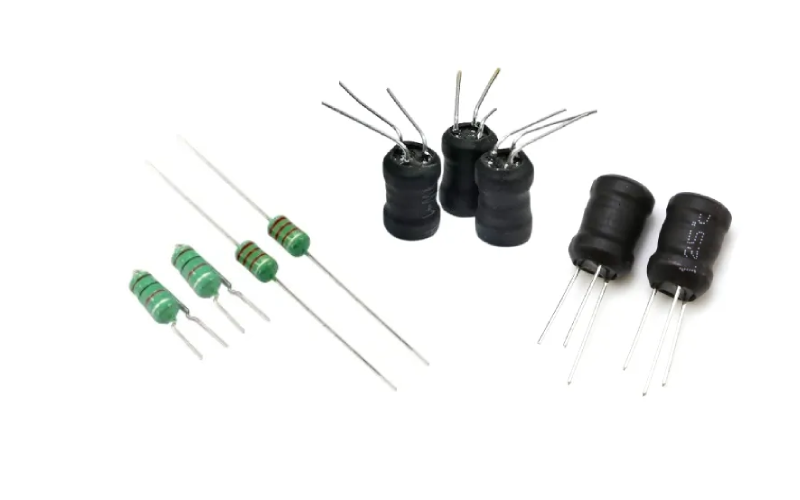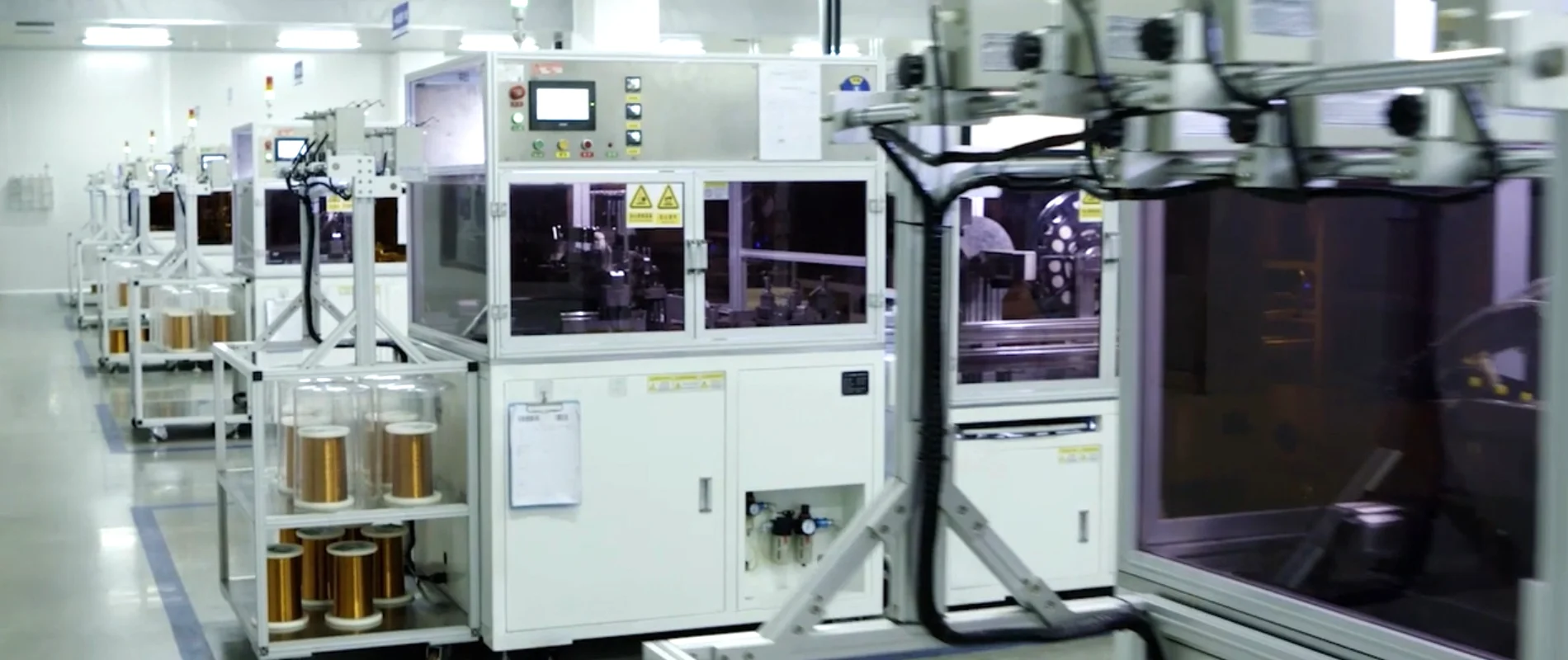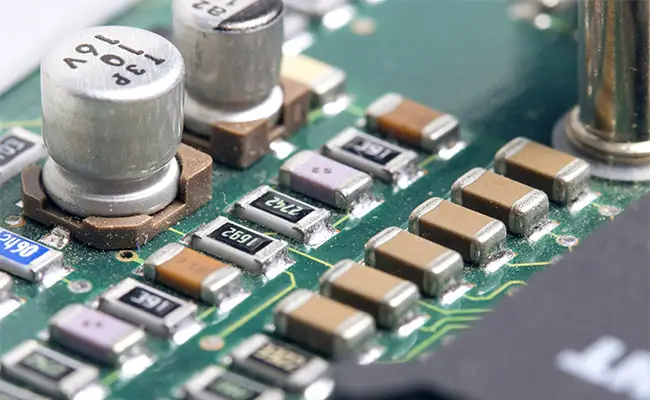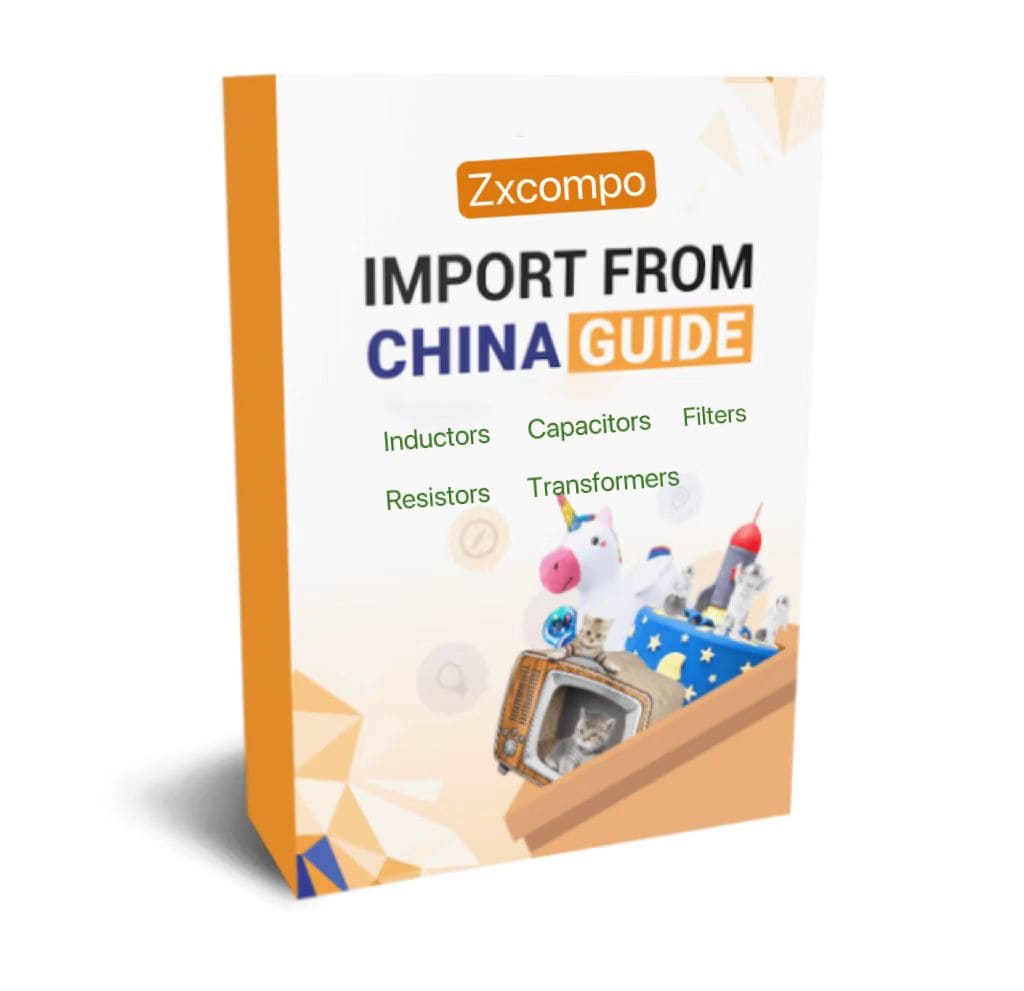Definition of Axial Inductance and Radial Inductance:
Axial Inductance: Axial inductance means that the direction of the inductor magnetic field is consistent with the direction of the inductor axis. In DC motors, axial inductance is mainly provided by the excitation coil, and its direction is consistent with the motor axis.
Radial Inductance: Radial inductance means that the direction of the inductor magnetic field is consistent with the radial direction of the inductor. In DC motors, radial inductance is mainly provided by the armature coil, and its direction is perpendicular to the armature magnetic field.
(★ If you want to learn more, please refer to this article: •Introduction to Zxcompo’s High-Power Radial Inductors)
The Structural Difference Between Axial Inductors and Radial Inductors:
Axial Inductors: The magnetic core and coil of axial inductors are arranged along the axial direction, usually in a long strip structure, with pins extending from both ends. This structure makes axial inductors easier to install and fix on the circuit board.
Radial Inductors: The magnetic core and coil of radial inductors are arranged along the radial direction, usually in a circular structure, with pins extending from the side. This structure makes radial inductors more suitable when space is limited.

Application Scenarios of Axial Inductors and Radial Inductors:
Axial inductors, due to their elongated shape, are more suitable when longer pins are required or when they need to be mounted vertically on a circuit board. Commonly used in power supply filtering, signal filtering, radio frequency interference suppression and other occasions. Radial inductors are suitable for space-constrained applications due to their compact structure. Commonly used in small electronic devices and portable devices such as mobile phones and tablets.
DC motor: In a DC motor, the axial magnetic field and radial magnetic field are provided by the excitation coil and the armature wire respectively. The axial magnetic field is consistent with the direction of the motor axis, and the radial magnetic field is perpendicular to the armature magnetic field.
AC motor: In an AC motor, the axial magnetic flux and radial magnetic flux are provided by the stator core and the rotor core respectively. The magnetic circuit in the stator core is the axial magnetic circuit, and the magnetic circuit in the rotor core is the radial magnetic circuit.
Stepper motor: There are also axial and radial magnetic fields inside the stepper motor. The axial magnetic field is provided by the stator core, and the radial magnetic field is provided by the rotor core. The axial force of the stepper motor is usually small, while the radial force increases with the increase of the motor speed.
Performance Characteristics of Axial Inductors and Radial Inductors:
Axial Inductors:
The main feature of axial inductors is that their leads are led out from the same side of the component, and SMD packaging is usually used. This packaging method makes the axial inductor occupy less space on the circuit board and is suitable for high-density installation. Axial inductors perform well in high-frequency circuits, can provide good high-frequency performance, and are suitable for occasions requiring high-frequency filtering.
Radial Inductors:
The characteristic of radial inductors is that the leads are led out from both sides of the component, and plug-in packaging is usually used. Radial inductors require a larger space when installed, but their structure is simple and the cost is low. Radial inductors perform well in low-frequency circuits and are suitable for occasions requiring stable current and suppression of electromagnetic interference.
Axial Inductors and Radial Inductors Packaging:
Axial inductors: usually adopt SMD packaging, suitable for high-density installation.
Radial inductors: usually adopt plug-in packaging, requiring a larger installation space.
In summary, axial and radial inductors have advantages and disadvantages, and which type to choose depends on the specific application requirements and installation conditions.

Advantages of Zxcompo Inductors
Zxcompo products include multilayer power inductors, wound surface mount inductors, and molded surface mount inductors for power and signal lines. A full range of passive electronic and magnetic components including inductors, capacitors, resistors, transformers, and filters are available. Our products are widely used in automotive, telecommunications, consumer electronics, and other fields. Each product is designed to achieve performance and maximize signal and power efficiency while saving space.
Other advantages include:
Fully automated manufacturing
High reliability AEC-Q200
ISO 9001 quality standards
RoHS compliant
REACH compliant
Why Choose Zxcompo?
Our company has more than 1,000 types of inductors and 15 years of experience in this field. It is a product that produces extremely low resistance over a wide frequency range. Zxcompo is widely recognized by a global technical team for designing, manufacturing, and providing high-quality, high-performance signal integrity and noise filtering solutions.
Zxcompo brand inductors, also known as coils or reactors, are passive electronic components that resist changes in the current flowing through them. Core material, winding type and geometry play a critical role in the performance of power inductors. Shipping worldwide. Simply contact us for samples: sales@ZXcompo.com.







